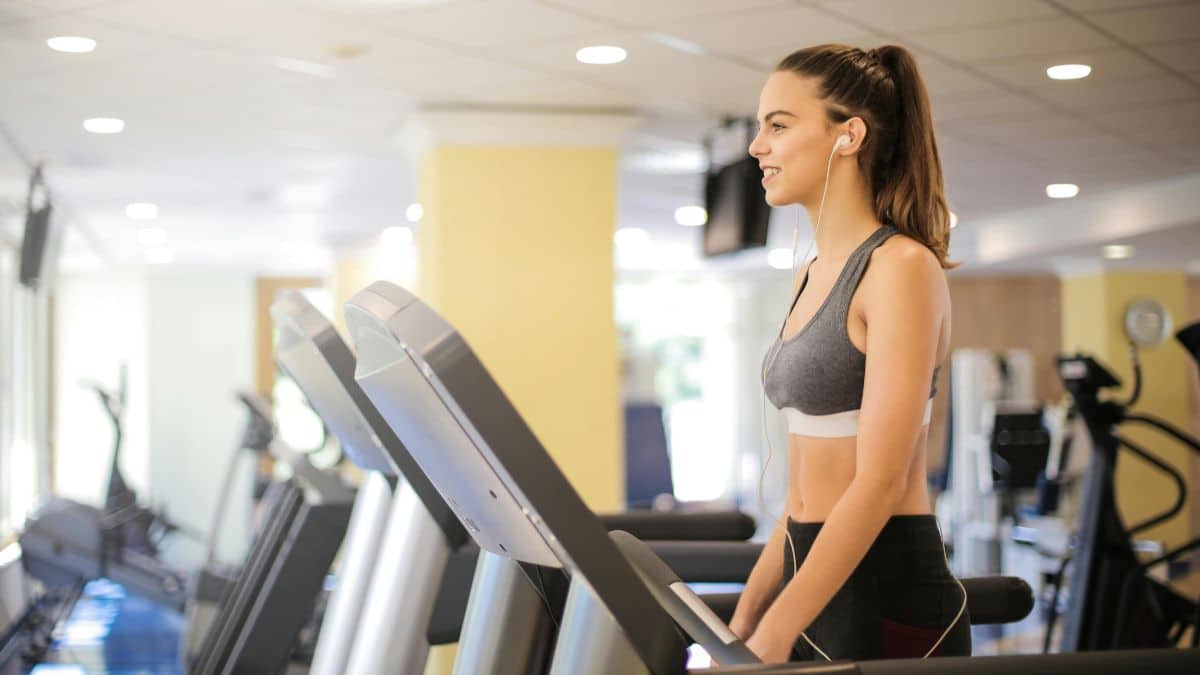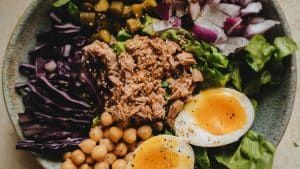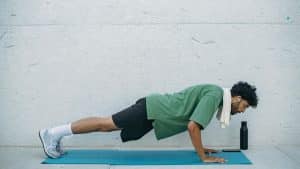Walking for fat loss is more than a gentle activity—it’s a proven method to burn calories, improve muscle definition, and transform your physique sustainably. Whether you’re just starting or dialing in the final touches of a lean body, walking fits into any fat-loss plan with precision.
When done strategically, walking leverages calorie burn and NEAT (Non-Exercise Activity Thermogenesis) to reveal lean, defined muscles.
Why Does Walking Burn Fat So Well?
Walking helps create a calorie deficit, which is necessary to lose fat. For example, a 180-pound person walking 3 miles a day burns about 300 calories, leading to roughly 0.6 pounds of fat loss per week.
Because walking operates in the aerobic energy zone, it uses fat as a primary energy source—making it ideal for long-duration, low-intensity fat burning.
How Does Walking Enhance Muscle Definition?
While walking doesn’t build muscle like resistance training, it tones key muscle groups including:
- Glutes
- Hamstrings
- Quads
- Calves
- Core (especially on inclines)
By reducing fat while maintaining muscle tone, walking exposes muscle definition, giving your legs, core, and glutes that lean and sculpted look.
How Much Should You Walk for Fat Loss?
Use this science-backed formula:
- Duration: 45–60 minutes
- Frequency: 5–6 days/week
- Pace: Brisk (3.5–4.0 mph)
- Incline: Optional for glute and hamstring activation
This adds up to 250–300 minutes weekly, aligning with American College of Sports Medicine guidelines for effective fat loss.
When Is the Best Time to Walk?
While fasted morning walks may slightly increase fat oxidation, what matters most is consistency. Walk when you’re most likely to stick with it—morning, afternoon, or post-dinner.
Walking after meals also helps regulate blood sugar and reduces fat storage from carb-heavy meals.
Should You Walk Outside or on a Treadmill?
Both have unique benefits:
- Outdoors: Engages stabilizers, enhances mood, and burns more due to wind resistance.
- Treadmill: Ideal for controlled pace, weather-proof sessions, and adding inclines easily.
Aim to walk uphill (real or treadmill incline) to challenge your posterior chain and define your lower body muscles.
Can Walking Build Muscle?
Walking by itself won’t increase muscle mass, but it supports muscle retention during a calorie deficit. Pair your walking routine with:
- Protein intake of 0.8–1g per pound of body weight
- 2–3 days/week of resistance training
This combo helps you preserve and reveal lean muscle while walking sheds body fat.
What Tools Help Optimize Walking for Fat Loss?
Here’s what to use:
- Step Trackers: Aim for 10,000–12,000 steps/day
- Heart Rate Monitors: Keep your heart rate in the 60–70% max zone
- Apps: Strava, Fitbit, or MyFitnessPal for logging distance, speed, and calories burned
These tools ensure your walking stays purposeful and results-driven.
How Can You Boost Walking’s Effectiveness?
- Walk uphill for glute gains
- Use a weighted vest for resistance
- Try interval walking: 1-minute fast pace, 2-minute recovery
- Stay hydrated and wear supportive shoes
Over time, your body adapts to walking with better cardiovascular health, leaner legs, and visible muscle tone.
Key Takeaways
- Walking increases calorie burn and NEAT, creating fat loss.
- Brisk walking tones muscles and reveals definition—especially in legs and glutes.
- Combine walking with a high-protein diet and strength training for maximum definition.
- Track steps, heart rate, and duration for optimal results.
- Consistency is key—walk 5–6 times weekly for 45–60 minutes.
External Resources
🚶♂️ Walking Essentials for Fat Loss
Gear up and make your walks more effective with these top picks:
- 🎯 Weighted Walking Vest – Burn More Calories
- ⌚ Fitbit Charge 5 – Track Steps & Heart Rate
- 👟 ASICS Gel-Venture Walking Shoes – Comfort Meets Performance
“A walk a day keeps the fat away—gear up and go!”
Subscribe now and get a 14-day free trial workout app for iPhone users.






